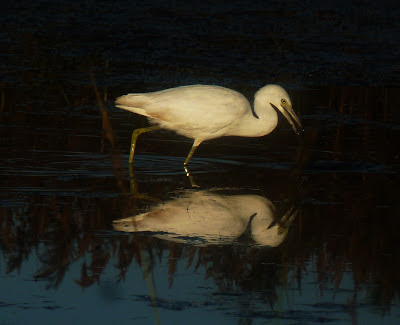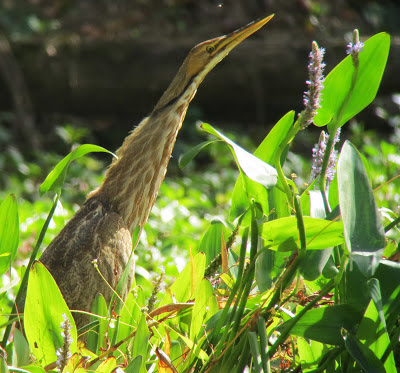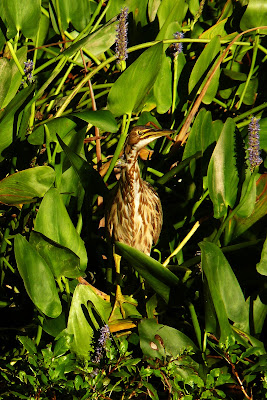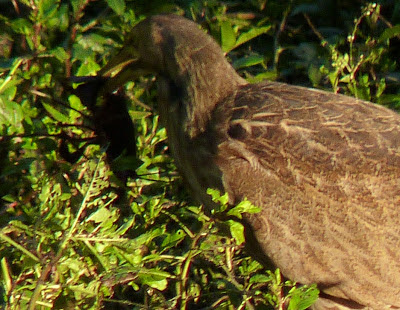Last weekend after a few days of field work at Lake Mattamuskeet, I squeezed in a bit of birding. My partner in crime was a master's student from Duke, Holly Davis, who is working on a film about the Audubon Christmas Bird Count. Since she plans to cover the history of the millinery (aka. hat-making) trade, which lead to huge declines in populations of wading birds, we were especially after a Great Egret willing to play a starring role.
Luckily egrets are migrating through this time of year and were rather plentiful around the lake. After scaring off a good few stage-shy birds, we finally found a real ham with the potential to make it big.
 |
| Holly shooting an egret |
While Holly was filming, I figured I may as well try out some digiscoping...
 |
| Great Egret |
Not bad!
 |
| Great Egret |
There were other egrets around as well including a rather brave Little Blue Heron that landed in front of me.
 |
| Little Blue Heron (immature) |
These photos are taken with a point-and-shoot (not digiscoped). The direct light made the white birds blow out, so I cranked down the exposure to try to compensate and ended up with these weird dark shots. It looks like these were taken at night with a flash, but this was a bright early morning (I'm no photographer, but always open to suggestions!).
 |
| Little Blue Heron (immature) |
There were loads of other birds around, of course. At one point I felt like I was trapped in a tornado of thousands of Tree Swallows, there were 6 early Tundra Swans and a Mute Swan of unknown provenance. Thousands of dabbling ducks were already back in town with all the Eastern species represented and despite rather high water there were some longer-legged shorebirds wading about at the east end.
 |
| American Avocets and a Greater Yellowlegs |
The most comical was a Dunlin trying to hang with a flock of Long-billed Dowitchers in water that was just a bit too deep.
 |
| Long-billed Dowitchers with Dunlin (3rd from left) |
There was a cooperative Wilson's Snipe...
 |
| Wilson's Snipe |
...and some curious Sedge Wrens...
 |
| Sedge Wren |
I think Holly got some good footage and I'm looking forward to seeing her film!
























